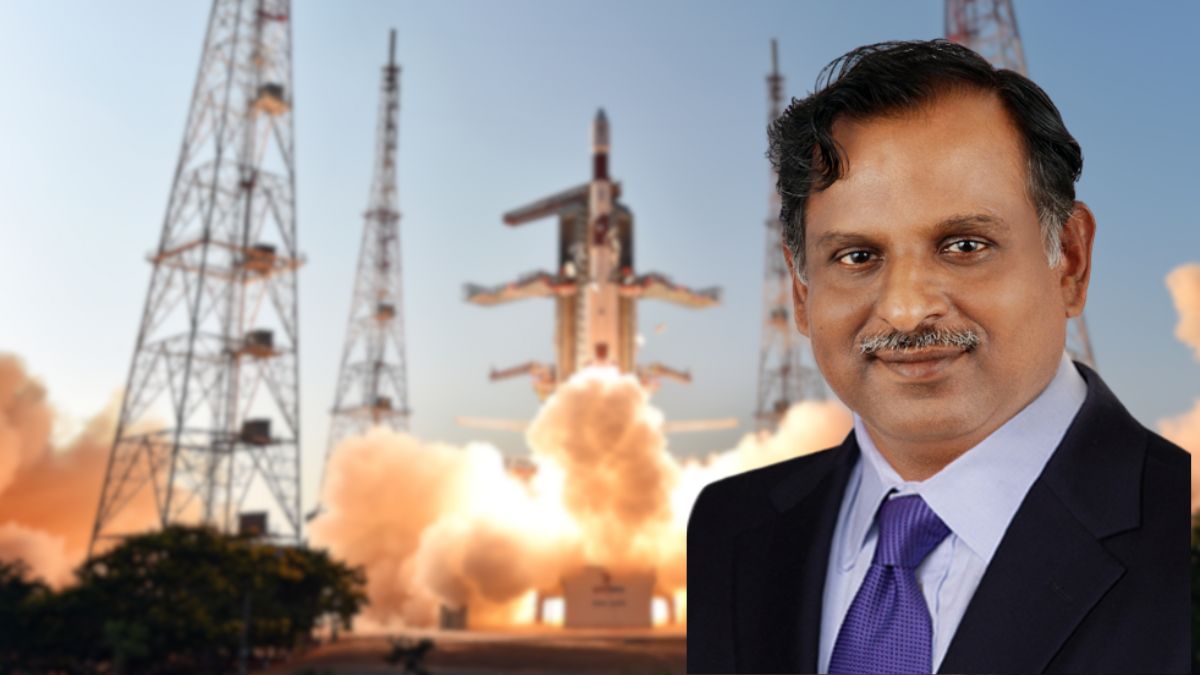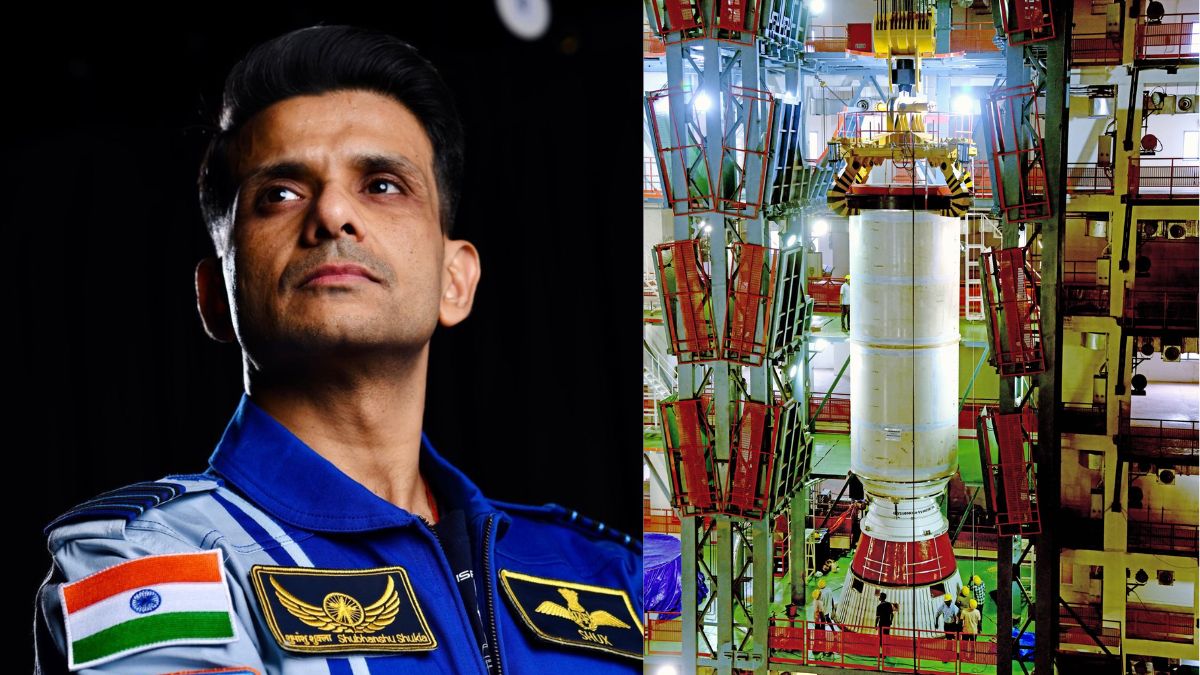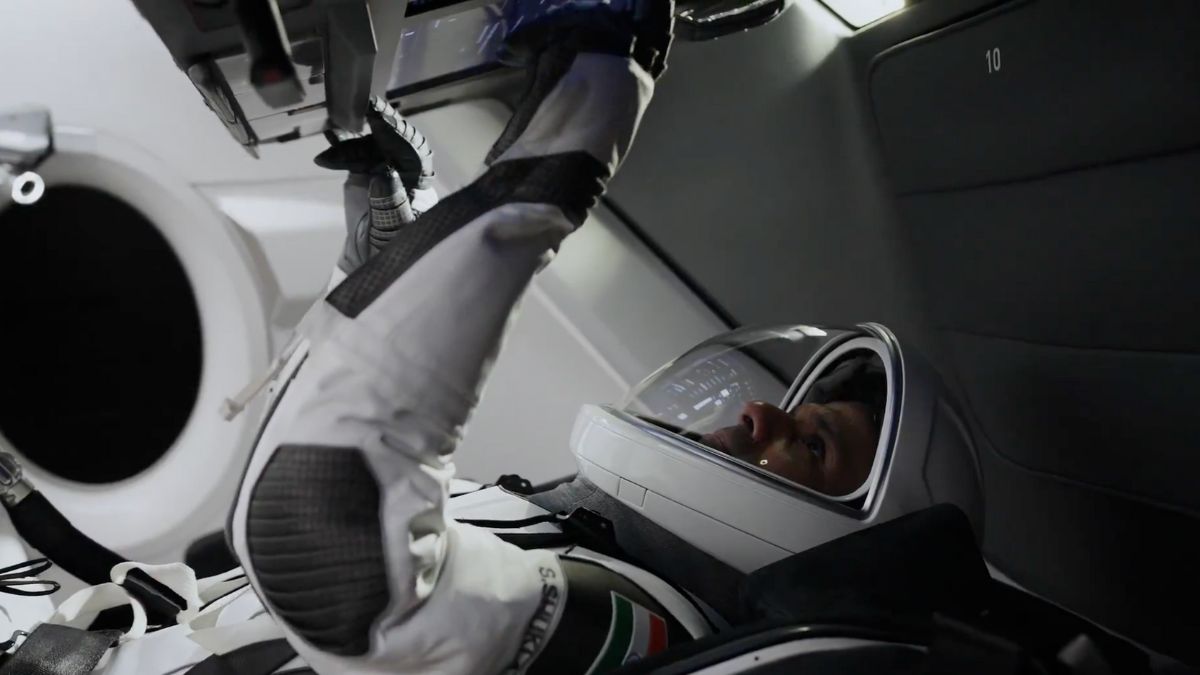Satellites Key to India’s National Security and Civil Development, Says ISRO Chief

ISRO Chairman V. Narayanan has asserted that satellite technology is vital for India’s national security, disaster preparedness, and citizen services. Speaking at the fifth convocation of the Central Agricultural University in Agartala, Tripura, on Sunday, he said ten Indian satellites are currently operating round the clock to safeguard the country and support various civil and strategic functions.
His remarks come at a time when tensions between India and Pakistan have shown signs of de-escalation following India’s military response under Operation Sindoor last week. Narayanan’s comments underscored how space assets have become indispensable in the modern security architecture.
How do satellites support India’s national security?
According to Narayanan, satellite and drone technologies are central to surveillance and defence operations. India’s vast 7,000 km coastline, combined with porous borders and external threats, demands constant monitoring — a task that cannot be accomplished effectively without satellite systems.
“If we want our country to be safe, we have to do it through satellites,” he said, underlining their role in both civilian and strategic missions. The ISRO chief’s statement reflects India’s broader shift toward integrating space-based surveillance into its national security doctrine, particularly in light of evolving hybrid and greyzone threats.
What other roles do Indian satellites play?
Beyond national defence, ISRO’s satellites deliver critical services to the public. Narayanan pointed out their use in:
- Television broadcasting and tele-education
- Weather forecasting and disaster management
- Environmental monitoring and agriculture
- Food security and rural development
He added that India’s disaster management capabilities have significantly improved thanks to satellites. “Thousands of lives were lost during calamities earlier but the situation has changed now,” Narayanan said, pointing to reduced casualties due to early warnings and real-time updates.
India has also been helping the world with its space capabilities. “Nearly 433 satellites were lifted from India for 34 countries and placed in orbit,” he said, adding that ISRO and NASA are jointly building an advanced Earth-imaging satellite — one of the most sophisticated to date — which will be launched from India.
How is ISRO contributing to education and regional development?
ISRO is actively promoting awareness and science education among youth, especially in the Northeast. Narayanan announced that 100 science students from each Northeastern state will soon visit the ISRO headquarters in Bengaluru as part of a new outreach initiative.
He also highlighted that several satellites are already dedicated to developmental projects in the Northeast. This regional focus is aligned with India’s broader effort to integrate underdeveloped areas into its technological and economic framework.
Addressing the students at the convocation, Narayanan concluded with an appeal: “Hard work and smart work have no substitute… self-motivation and self-confidence are important. Students should be good human beings with noble qualities of leadership.”
India may have lagged in satellite technology before 1975, he noted, but today, it stands among the few nations capable of delivering cutting-edge space solutions to both its citizens and the world.







